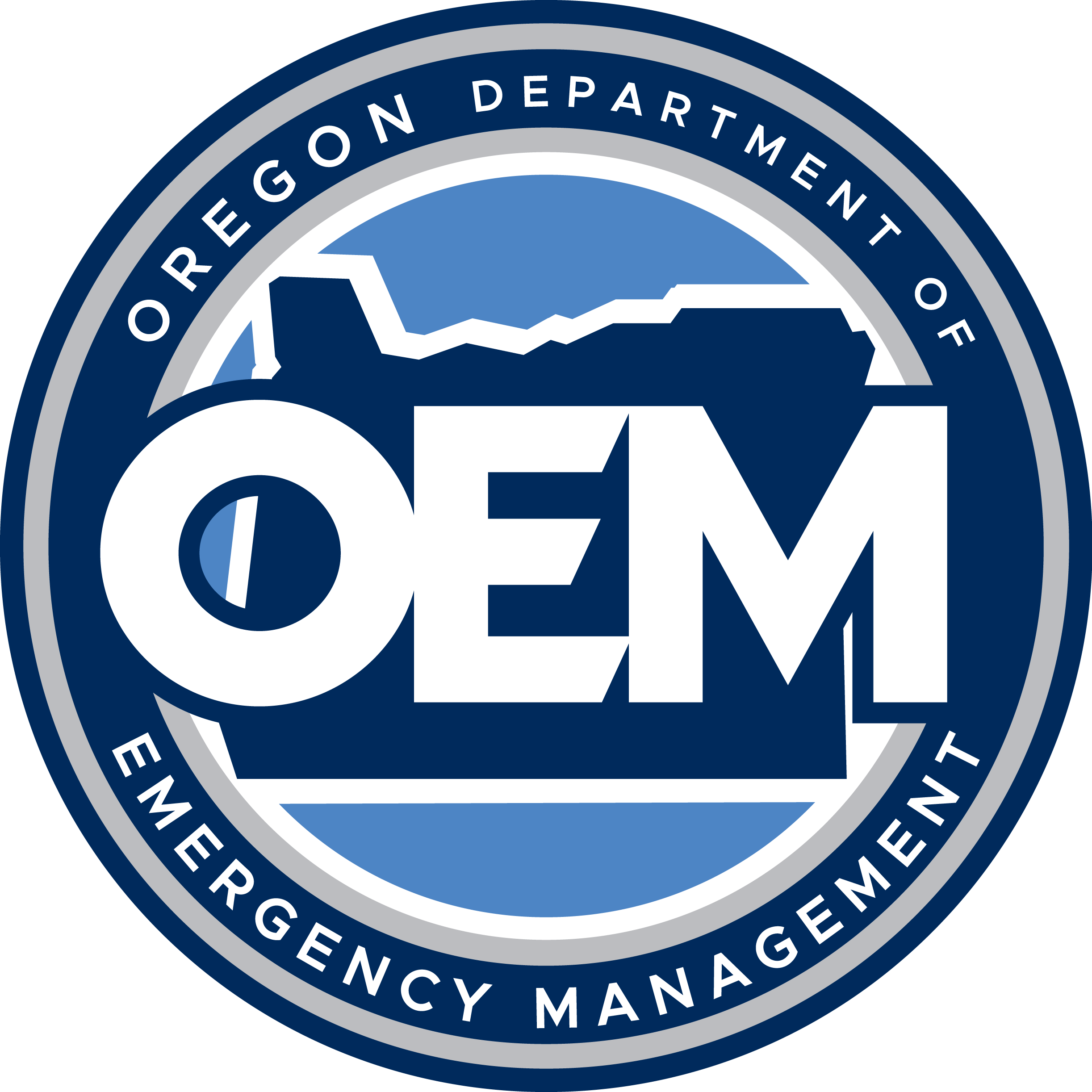Oregon Requests A Major Disaster Declaration After Historic Wildfire Season Impacts Rural Communities - 10/29/24
SALEM, Ore. – The unprecedented severity of this wildfire season led Governor Tina Kotek to declare a State of Emergency on July 12 and prompted a request for a federal major disaster declaration from President Biden.
Governor Kotek’s request, made under the Robert T. Stafford Act, seeks federal aid through the Federal Emergency Management Agency’s (FEMA) Public Assistance program. If approved, federal aid will help reimburse state, tribal, and local governments, for some of the costs associated with response efforts, and the recovery of public infrastructure damaged during the 2024 wildfires—one of the most destructive wildfire seasons in Oregon’s history.
The FEMA–State Joint Preliminary Damage Assessment determined that public infrastructure in six counties—Gilliam, Grant, Jefferson, Umatilla, Wasco, and Wheeler— had damage that met the federal cost threshold, prompting those six counties to be included in the state’s request for a federal major disaster declaration.
The destruction of utility poles and power lines led to prolonged power outages, communication failures, compromised emergency response capabilities, and limited access to critical services. Temporary shelters were required to support medically fragile individuals, elderly residents, and isolated communities affected by extended power outages.
Other areas of the state—such as Baker, Douglas, Harney, and Malheur counties—also sustained damage. However, the public infrastructure damages in these counties did not meet the federal cost threshold necessary to be included in the request for a major disaster declaration via FEMA’s Public Assistance program.
Governor Kotek also requested a waiver for Oregon’s required cost-share for emergency response activities. This additional federal support is requested due to the state’s significant resource commitment to wildfire response and the financial strain on these rural areas. This season’s extraordinary wildfire activity saw the Oregon State Fire Marshal’s Office (OSFM) mobilize a record number of resources under the Emergency Conflagration Act, deploying 17 times, and thousands of wildland firefighters mobilized through the Oregon Department of Forestry (ODF).
This wildfire season, Oregon endured 1.9 million acres of wildfire damage, far surpassing the state’s 10-year average of 640,000 acres. Fires destroyed more than 40 homes, damaged an additional 132 structures, and disrupted critical transportation, utilities, and essential services. Ranchers in eastern Oregon face long-term recovery challenges due to the devastation of livestock resources, which have severe financial implications for these communities.
While the federal government’s response to the disaster declaration request may take up to six weeks, the Oregon Department of Emergency Management continues coordination with community partners to ensure support reaches residents and ranchers in these areas. OEM continues to provide resources, guidance and support to communities as they navigate the aftermath.
In addition, OEM is assessing the substantial economic losses faced by small businesses in the impacted areas. Small business owners within fire-affected communities are encouraged to complete the economic injury loss form by October 31 to help OEM evaluate the extent of the damage and shape future support efforts.
For further information on Oregon’s wildfire response and recovery initiatives, please visit the Oregon Wildfire Response and Recovery Homepage or consult the online Community FAQs. The 2024 Wildfire Spotlight also offers an overview of the challenges faced, the coordinated response efforts, and estimated recovery costs from damage assessments conducted with FEMA.
Those interested in supporting recovery efforts can help in several ways. Donations of hay are being coordinated by OSU Extension and the Oregon Cattlemen's Association, and volunteers are needed to transport hay from the Willamette Valley to ranchers in need. Additionally, the OSU Foundation, Oregon Farm Bureau, and Oregon Cattlemen's Association are accepting cash donations that will be distributed directly to ranchers and farmers to help offset recovery costs.
###
It is the mission of Oregon Emergency Management to proactively develop emergency response, risk reduction and disaster recovery programs to better serve Oregonians during times of disaster. OEM prioritizes an equitable and inclusive culture of preparedness that empowers all Oregonians to thrive in times in crisis. The agency leads collaborative statewide efforts, inclusive of all partners and the communities we serve, to ensure capability to get help in an emergency and to protect, mitigate, prepare for, respond to, and recover from emergencies or disasters. For more information about the OEM, visit oregon.gov/oem.
You can get this document in other languages, large print, braille, or a format you prefer. For assistance, email OEM_publicinfo@oem.oregon.gov or dial 711.
